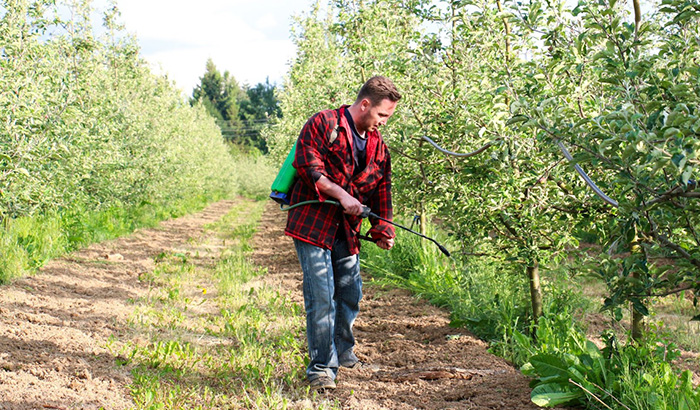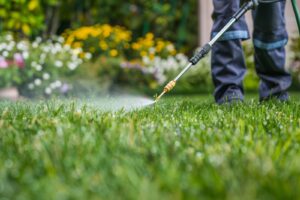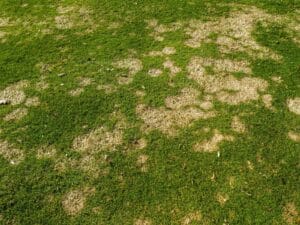Are you tired of a weed-infested yard? Take charge and ensure a flourishing garden with effective weed lawn control this spring!
Everyone dreams of a lush, green lawn as spring transitions into summer, but pesky weeds constantly threaten to ruin it. Let’s explore common lawn weeds, how to prevent them, and the best removal methods. Keep reading for the ultimate guide to lawn weed control in spring! With these tips, you’ll be ready to tackle any weed invasion and enjoy a vibrant lawn all season long.
Understanding weeds
The definition of a weed varies from person to person. In general, weeds are plants that lack any useful qualities. While opinions on what constitutes a weed differ, most people agree on which plants fall into this category.
Farmers and naturalists may find some plants useful, while others don’t. However, everyone unites in recognizing weeds as a nuisance for gardening, harvesting, or striving for a beautiful yard.
Common lawn weeds
Weeds are invasive plants that spread quickly and hog all the resources. Weeding isn’t the most glamorous task, but it’s crucial for a flourishing garden. The first step of weeding is to understand the types of weeds you’re dealing with, so let’s discuss some of the most common lawn weeds in Utah to watch out for.
Morning glory vine
The Morning Glory family includes thousands of plant species. A notorious member, Field bindweed has become one of Utah’s most common weeds. Its arrow-shaped leaves and white blooms may seem innocent, but don’t be fooled — its deep and broad root system spells trouble for your lawn and plants. While its blossoms add charm, this weed will seize your lawn’s resources faster than you can say “good morning.”
Abolishing morning glory vines requires persistent effort. Start by manually removing the vines and pulling out as much of the root system as possible. Follow up with regular inspections and repeat removal as needed to prevent regrowth. Alternatively, apply a systemic herbicide specifically designed for broadleaf weeds. Always follow the manufacturer’s instructions carefully.
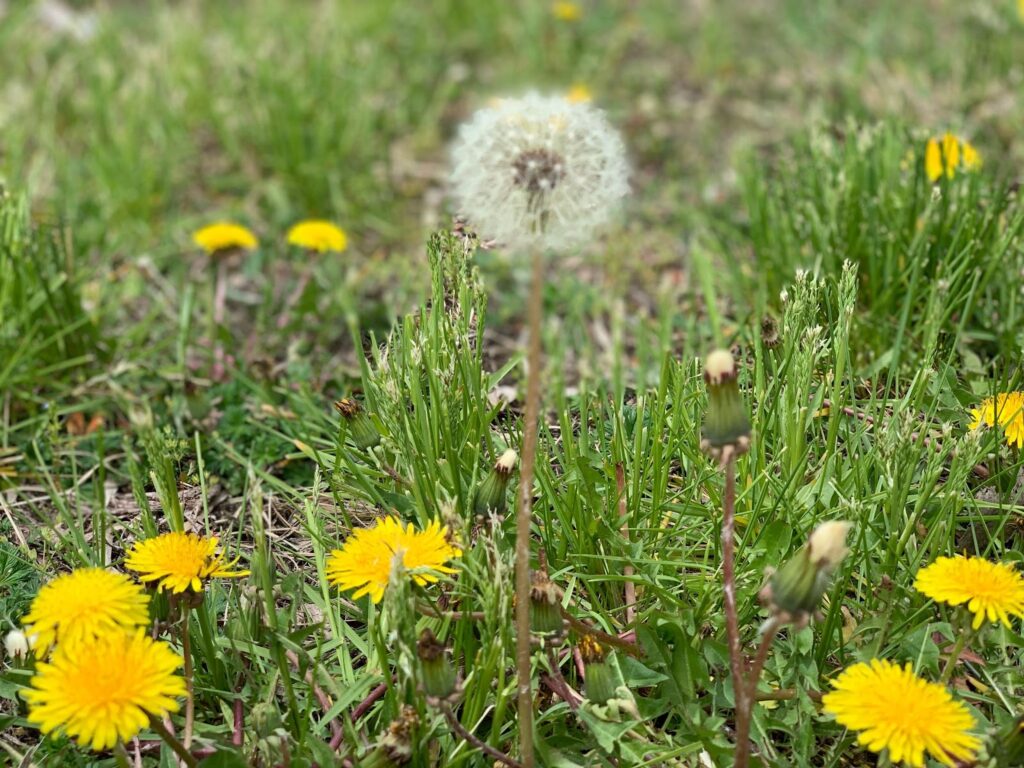
Dandelion
The dandelion is a world traveler in the realm of weeds that even the most amateur gardener is familiar with. Its seeds turn a pristine landscape into a dandelion paradise overnight. But the real villain is its massive taproot. Manual removal is only effective if you’re willing to do some serious digging to pull out the tenacious roots. Alternatively, call in the heavy artillery, systemic herbicides, to prevent dandelion spread and growth.
Henbit
Henbit is an annual weed with purple oblong flowers, red square stalks, and squat foliage. This plant is an extrovert that flourishes best in vast open spaces. As a result, henbit is often only an issue on newly planted or sparse lawns. Fear not, though — a bit of herbicide will send Henbit packing.
Crabgrass
If there’s a villain in the world of noxious weeds, it’s crabgrass. This troublemaker doesn’t strictly ruin lawns; it’s a menace to root systems everywhere. Characterized by leaves that range from pale yellow to dark green, crabgrass sprawls across your lawn with a vengeance. Its low, sprawling growth makes you think it’s related to actual crabs.
The best way to conquer crabgrass is to remove the weedy clumps as you spot them. Pull out the clumps using a garden weeder tool that drives deep into the ground. It’s essential to remove the deep roots entirely to prevent spreading.
Thistle
Thistle is easily identifiable by its distinctive blue or purple bloom, spiky foliage, and capacity to grow up to six feet tall. While its stems and seeds are edible, don’t be fooled by its charms. Thistle produces a whopping 7,000 seeds, ensuring its spread far and wide.
Eradicating thistle is a marathon, not a sprint. Thistle weeds’ deep roots make them resilient and difficult to eliminate. It requires consistent effort over time to prevent regrowth and new seedlings from establishing, often requiring multiple treatments and ongoing maintenance to achieve long-term control.
Weed prevention 101
Effective weed removal requires patience, effort, and hard labor. Once you’ve completed lawn weed control in spring, the last thing you want to do is repeat the process in a few months. Here are six strategies to help prevent weeds from rearing their ugly heads again next season.
- Soil disturbance
Digging brings concealed weed seeds to the surface. Assume weed seeds are there and ready to erupt, like ants from an angry anthill, whenever you uncover a piece of ground. Dig only as necessary and promptly cover the damaged area with plants or mulch. Weed seeds often lay dormant for a long time, so prevention is key.
- Restrict Water
Like other plants, weeds thrive on water. Limiting their water supply will naturally reduce their numbers. While watering your prized plants is essential, be strategic in your watering to deprive stubborn weeds of moisture. A drip or soaker hose beneath mulch will help water your beloved plants while keeping weeds thirsty.
- Pre-emergent
Pre-emergent herbicides are an effective way to prevent weed growth before it starts. These herbicides target specific weeds and their families, preventing them from germinating in the first place. Apply pre-emergent herbicides in early spring before weed seeds sprout, then water the area to ensure the pre-emergent penetrates the soil and stops weed growth in its tracks.
- Mulch
Mulch acts like a shield, covering the soil’s surface. It comes in two varieties: organic, like grass clippings or bark chips, and inorganic, such as stones or plastic. Each type offers its own set of perks.
Mulch is a barrier against weed growth by retaining soil moisture and blocking sunlight.
Apply mulch to prevent oxygen deprivation for other plants. Keep an eye out for birds and animals that may carry and introduce weed seeds; promptly remove any emerging weeds before they take root.
- Planting distance
Weeds prefer and seek out plenty of space. If any unoccupied areas exist in your garden, they will discover it and claim it as their domain. Planting your selected plants together helps to limit the quantity of weeds.
Before you begin planting, plan how to utilize the available area best. Planting closely together intentionally reduces opportunities for weed growth and competition for space.
- Implement a barrier
Consider using a barrier-like landscape fabric beneath mulch to inhibit weed growth further. This fabric prevents weed seeds from reaching the soil and germinating while allowing water and nutrients to pass through to your plants. By adding this extra layer of protection, you’ll significantly reduce the number of weeds that emerge in your garden.
Weed removal: to pull or to spray?
The debate between pulling and spraying for weed removal is ongoing. Let’s explore both methods to determine the preferred option for weed lawn control.
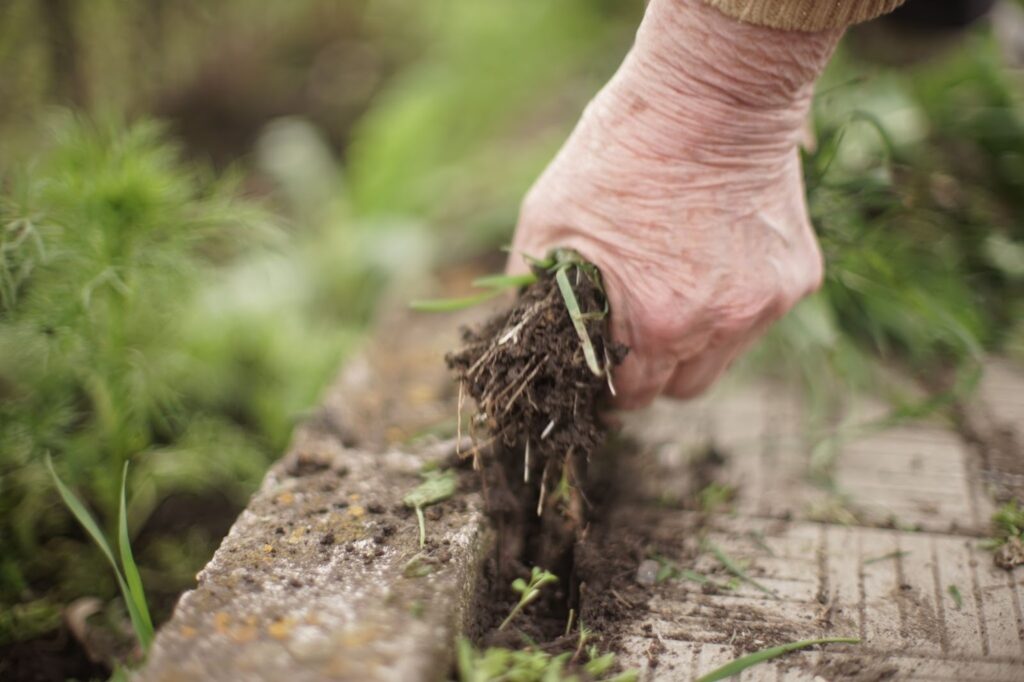
Pulling weeds
While it’s no secret that weeding is a tough job, hand-pulling is highly effective for weed management. One major advantage of pulling weeds by hand is that removing the roots along with the rest of the plant is easier, which is crucial for perennial weeds.
Perennial weeds reemerge annually from the same extensive and deep root system. Pulling them out entirely prevents regrowth, but not all perennial weeds respond well to this method. Some deep-rooted plants are challenging to remove entirely by hand, even with a tool.
Spraying weeds
Spraying weeds is an excellent solution when you use the right product for the job. Nonselective herbicides kill any plant they encounter, while selective herbicides target specific types of weeds or plants.
Post-emergent herbicides are helpful after weeds have started to grow, while pre-emergent herbicides kill weeds before they even emerge. Systemic herbicides enter weeds and destroy them from the inside, while contact pesticides work on weeds upon contact.
Which to choose?
Pulling and spraying weeds have pros and cons for lawn weed control in spring. Here’s a handy rule of thumb to help you decide which method to use: hand-pulling is simpler when dealing with a small area, while spraying is more suitable for a large area or a severe weed infestation. So, choose the method that best suits your needs and the size of your weed problem, and enjoy a weed-free lawn all season.

Summit Lawn and Pest Control
Don’t allow the changing seasons to bring many weed issues to your home. Choose Summit Lawn & Pest Control for weed lawn control. Our experienced team will create a plan tailored to your specific weed issues. We’re ready to assist you with a comprehensive approach that tackles each season’s specific weed concerns, ensuring your yard is in tip-top shape all year.
Whether you’re fighting springtime weeds or bracing against winter’s colder guests, we’ve got you covered. Our understanding of local weed patterns and sophisticated treatment choices means we’re ready to defend your property from whatever weeds the seasons bring.
Don’t wait for weeds to become a massive undertaking — contact Summit Lawn & Pest Control today, and let’s work together to keep your yard secure and free from unwanted guests. Your peace of mind is just a call or click away!


